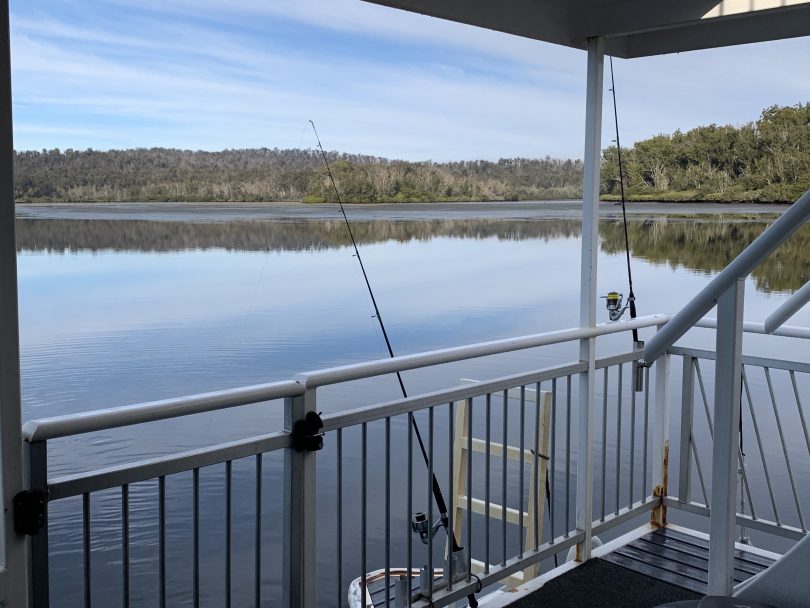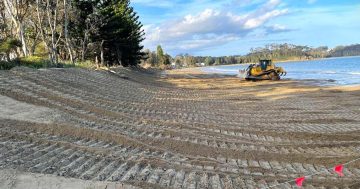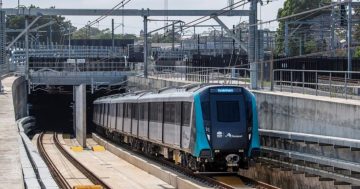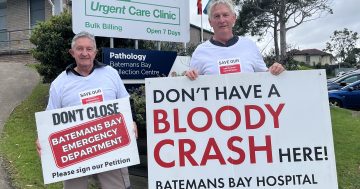
Bermagui and Batemans Bay are among the focus areas set for dredging works. Photo: Kim Treasure.
Two South Coast locations are part of a new program seeking to keep the state’s waters clean and useable.
Under the statewide dredging program developed by Transport for NSW Maritime, the Bermagui River and the Clyde River at Batemans Bay are two of the priority areas, alongside seven other NSW locations. The other locations include the Ettalong Channel, Swansea Channel, Hastings River, Coffs Harbour, Clarence River, Evans River and Tweed River.
“We’ve heard loudly and clearly that the Clyde River at Batemans Bay and Bermagui are key priorities for this beautiful part of the South Coast,” said Transport Minister Jo Haylen.
“[This is] particularly when it comes to industry, but also, of course, for the safety of visitors as well.”
NSW Maritime are developing a 10-year Review of Environmental Factors (REF) for the nine priority areas, a process that is expected to take between 12 and 24 months.
These environmental reviews will give greater scope to dredge more regularly across various locations and will also explore new sand placement options.
Should emergency dredging be needed, Ms Haylen said it would be considered on a case-by-case basis, in addition to this new program.
“We have allocated money to some of that emergency dredging that needs to occur, and that’s our first focus,” Ms Haylen said.
“The team at Transport NSW is doing long-term work on key locations, so those places are not forgotten, but we will be managing them effectively in the meantime.”
Ms Haylen also defended the exclusion of Narooma Bar from the new program, which was the site of rescue efforts and several deaths in recent years.
“We will be looking at Narooma in the long-term,” she said.
It’s not one of the first priority locations because of its complexity, and it may well require further investment and investigation, but we are acutely aware of the need in that area.”
Member for Bega Doctor Michael Holland said protecting the NSW South Coast’s waterways was key for many reasons.
“It’s important for our local fishing industry tourism – where there is scuba diving and charter boats – and of course recreational use of them by our community,” he said.
“It’s a matter of security for those commercial people, and it’s a matter of safety for our recreational people that enjoy fishing, sightseeing, scuba diving – all those sorts of things.”
Once the REF are completed, the public will be able to comment.
“They’re critical. They know this part of the world best – particularly those fishers and people that are out on our waterways all the time,” Ms Haylen said.
“They’ve seen the movement of sand at all types of conditions, and we want to hear from them so that we get this right.”
Original Article published by Claire Sams on About Regional.





